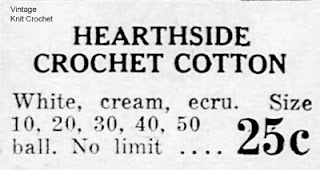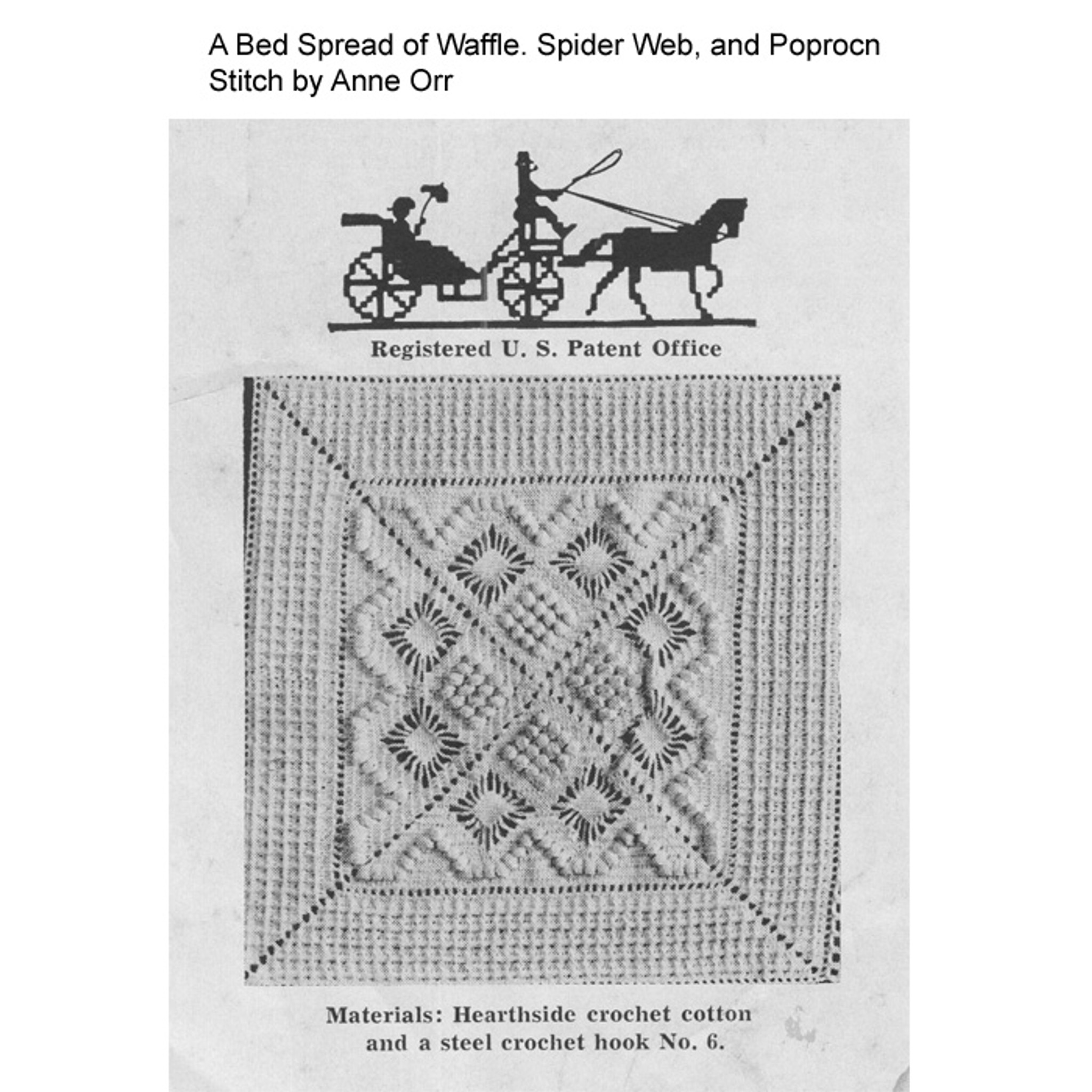As this story goes, I'm browsing through a 1932 newspaper looking for information on a vintage yarn, when from another column the words 'National Sweater Week' catch my attention. And that was it .... I call it side tracked. My search string was changed to 'National Sweater Week' and I was off on an hour or so journey.
It appears this 'special' week started back in 1926, but didn't really get into the swing of it until 1927, with the dates being September 24th to October 1st.
In 1927, a variety of ads were displayed and the marketing increased to even more markets.
ul
The promotion just barely continued into 1928, with just one set of advertisements.
And then, it stopped. I'm going to suggest the result of
The Great Depression that was suffered through between 1929 and 1939. And then, this was back-to-back with World War 2 that started in September 1939 and lasted until 1945. Through these events, many people did not have the money or frivolity for events like ... National Sweater Week.
In 1946, National Sweater Week returns across the major markets. The script is the same, but the promotion pictures vary by store. (Obviously the individual stores were given license here). Another note for 1946, the dates have changed to September 9th to the 14th.
Other players took some advertising promotions to cap in on National Sweater Week as well. In this 1949 case, the cleaners want to clean those sweaters you wore last week and encourage you to turn them over to 'your driver' and the one who collects the most wins $109.
In 1953, we were introduced to the concept of the Sweater Sweetheart with a bit of Hollywood flavor with the ever rising popularity of movies.
Then, there were yearly window sweater display contests sponsored by the Lewel Mfg Co. (Makers of fine sweaters, of course). Mr Otto Swadner, of Schachnes won in 1961.
By 1965, even the big name players were getting involved -- National Sweater week at Sear!. Apparently cables were the rage in 1965.
And this little clip tells us what "I'm sure" we've all figured out by now. National Sweater week is a promotion to publicize sweaters and knitwear, sponsored by the Knitted Outerwear Foundation. Of course, there may have been earlier sponsors as well.
And National Sweater week dribbled on. I say dribbled in that by 1972, the ads had almost stopped. There were still a couple each year, but hardly any. By 1979 it was all over ..... cutoff without a single advertisement going forward.
Since the scripts were essentially the same particularly in the earlier years, I'd assume there was sponsor was kicking in some form of revenue. I'd guess in the realm of advertising dollars, but really, I have no inside knowledge.
Okay, back to work. Thanks for dropping by.

















































